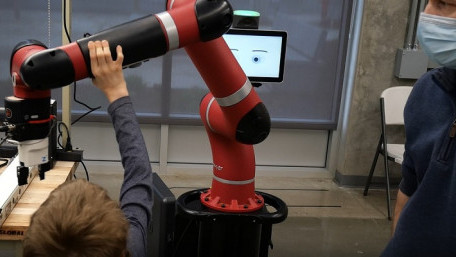
We've read about the capabilities of collaborative robots, but often, one question still remains - how do you program a cobot? Last week, I got a chance to get…
We've read about the capabilities of collaborative robots, but often, one question still remains - how do you program a cobot? Last week, I got a chance to get my hands on a cobot for the first time.
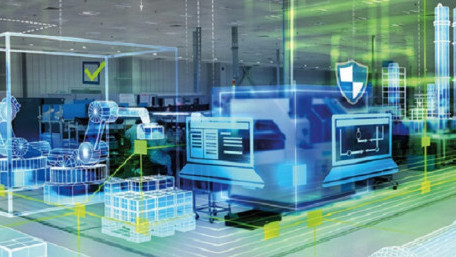
Product lifecycle management (PLM) and industrial automation are growing closer together. This article explores recent…
Product lifecycle management (PLM) and industrial automation are growing closer together. This article explores recent trends and application examples of this software in industry.

The fourth pillar of effective statistical process control (SPC) is the use of designed experiments used to learn as much…
The fourth pillar of effective statistical process control (SPC) is the use of designed experiments used to learn as much as possible from a limited number of experiments, yet remain statistically relevant enough to be useful.

Women in engineering including those in aerospace and manufacturing fields both past and present have been paving the way…
Women in engineering including those in aerospace and manufacturing fields both past and present have been paving the way to industry 4.0 and smart manufacturing operations today.

Recently, our Control.com staff got a chance to chat with the software team at A&E Engineering, Inc., for an interview to…
Recently, our Control.com staff got a chance to chat with the software team at A&E Engineering, Inc., for an interview to discuss the MAX system and learn behind the scenes about how a cloud approach to data analysis is a powerful tool for manufacturing and processing facilities.
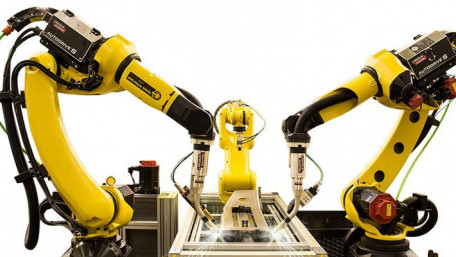
FANUC robots, as with most other brands, are designed to be used in a wide variety of applications. Learn the common…
FANUC robots, as with most other brands, are designed to be used in a wide variety of applications. Learn the common programming concepts and features along with an example of a motion program.
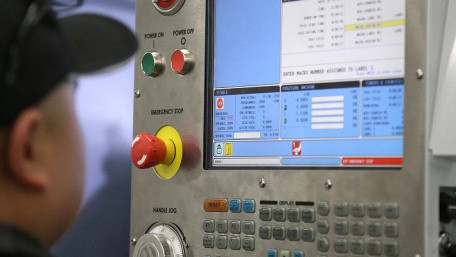
Statistical process control (SPC) allows for continual improvement process (CIP), a method of optimizing a process driven…
Statistical process control (SPC) allows for continual improvement process (CIP), a method of optimizing a process driven by data and statistical methods.

The window is closing for submissions to a funding competition - robotics, machine vision, and AI innovations are taking…
The window is closing for submissions to a funding competition - robotics, machine vision, and AI innovations are taking the center stage for a chance at winning $10,000. Are you ready?

In honor of Women's History Month, we explore the ways in which computer science is integral to the design of control…
In honor of Women's History Month, we explore the ways in which computer science is integral to the design of control systems and how women of the past have shaped the field of control systems today.

Learn how control charts are used in statistical process control (SPC) to show how a process changes with time as…
Learn how control charts are used in statistical process control (SPC) to show how a process changes with time as compared to past measurements, providing reliable visualizations for data-driven decisions.
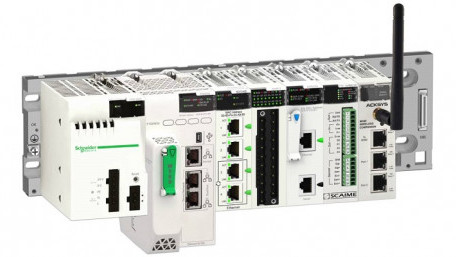
What is a PLC? This article will lay out a succinct definition of a programmable logic controller and explain its basic…
What is a PLC? This article will lay out a succinct definition of a programmable logic controller and explain its basic components.
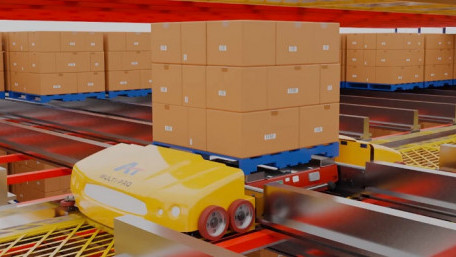
Addverb Technologies announces its plans to expand its business in North and South America to meet the growing global…
Addverb Technologies announces its plans to expand its business in North and South America to meet the growing global demand for automation in warehouses and manufacturing facilities.
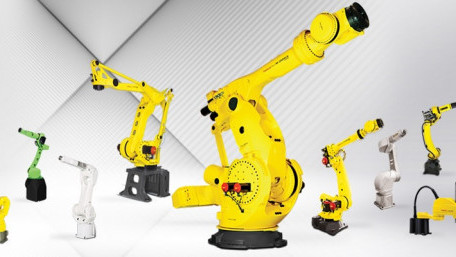
FANUC has a wide variety of different product lines to accommodate nearly any automation environment, with its own flavor…
FANUC has a wide variety of different product lines to accommodate nearly any automation environment, with its own flavor of structured text programming language.
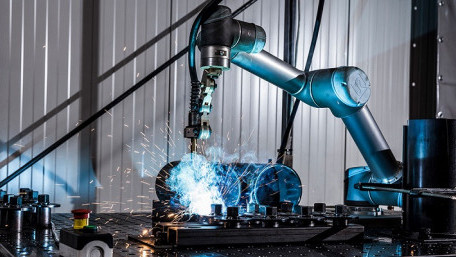
Robots as a service (RaaS) can open the door to automation for small to mid-sized companies that are looking to automate…
Robots as a service (RaaS) can open the door to automation for small to mid-sized companies that are looking to automate a process without a large upfront capital investment.
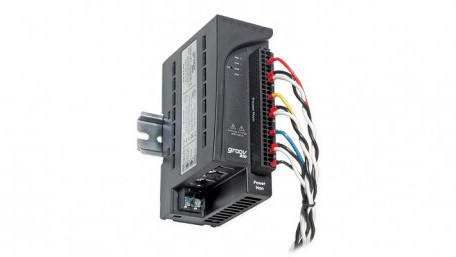
Opto22 provides a solution for monitoring energy consumption using the popular Groov RIO system, enabling monitoring of…
Opto22 provides a solution for monitoring energy consumption using the popular Groov RIO system, enabling monitoring of machine health for the prevention of unplanned downtime.
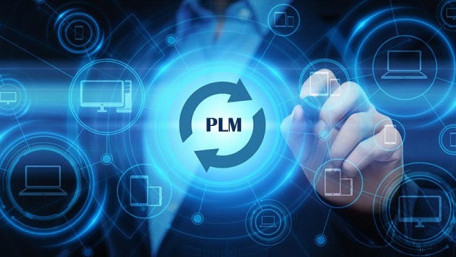
This article explores the different ways in which PLM applications can be integrated with enterprise resource planning…
This article explores the different ways in which PLM applications can be integrated with enterprise resource planning (ERP) and manufacturing execution systems (MES).
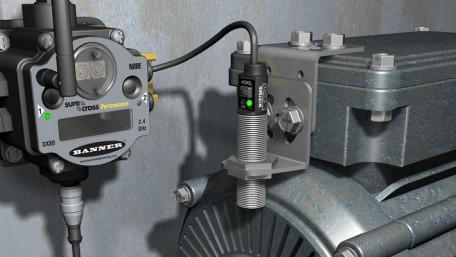
Statistical process control (SPC) is meaningless without the proper collection and analysis of data. For some process…
Statistical process control (SPC) is meaningless without the proper collection and analysis of data. For some process parameters, this is a simple task. But not every part of a process is driven by simple, quantitative parameters.
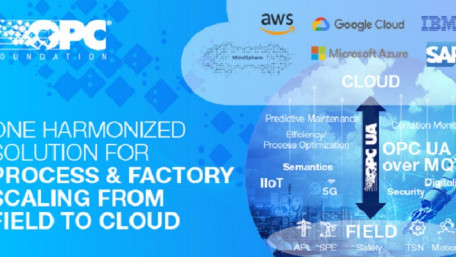
Big players in the tech industry providing artificial intelligence and machine learning solutions to the industrial…
Big players in the tech industry providing artificial intelligence and machine learning solutions to the industrial automation sector are committing to OPC-UA adoption to enhance interoperability.
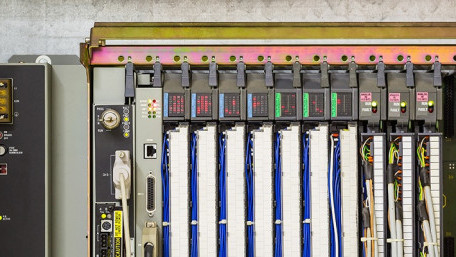
In the late 1960s, a revolution in manufacturing became a reality when the first Programmable Logic Controller (PLC) was…
In the late 1960s, a revolution in manufacturing became a reality when the first Programmable Logic Controller (PLC) was developed. We’ll examine the early history of the PLC - not just the technology, but also the inspiration of the inventors as well.
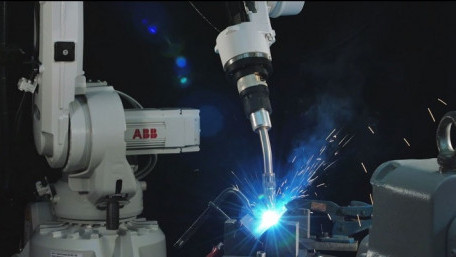
ABB robots are programmed using the RAPID language. Investigate an example of the code and structure elements in this…
ABB robots are programmed using the RAPID language. Investigate an example of the code and structure elements in this part 2 of the robotics programming article series.
